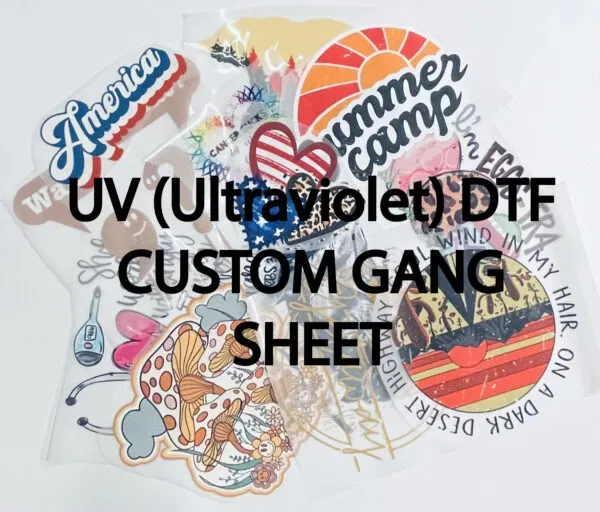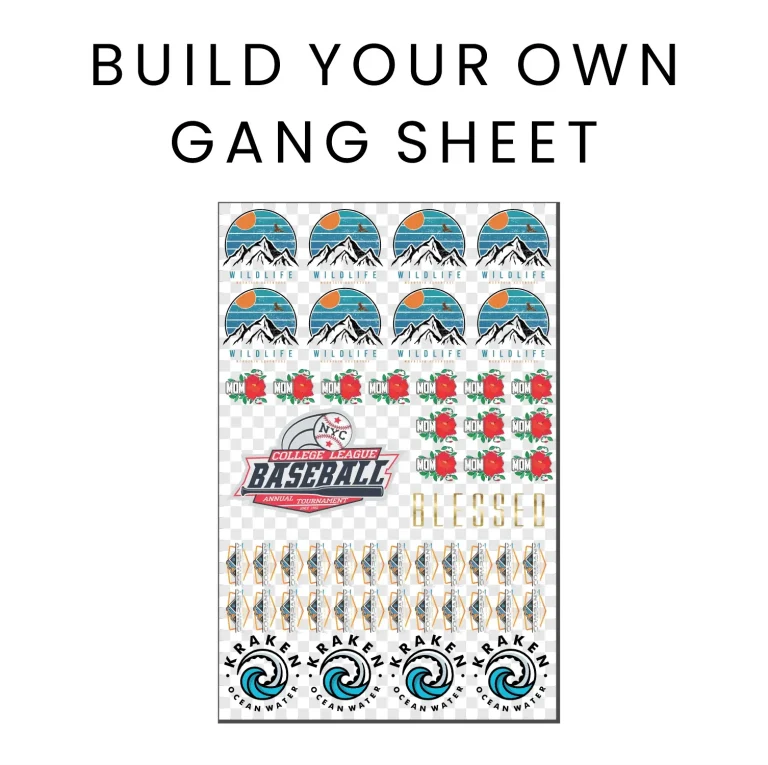DTF supplies for beginners: Essential starter kit guide
DTF supplies for beginners open the door to a versatile method for decorating textiles. DTF transfers and the broader direct-to-film printing approach have surged in popularity because they offer vibrant color, soft hand-feel, and the ability to print complex designs on a wide range of fabrics. If you’re just starting out, this guide will walk you through what you need, how to choose your starter kit, and practical steps to begin producing high-quality DTF transfers with a solid DTF printer setup. By understanding the core components and a simple workflow, you can confidently embark on your DTF journey. With the right tools like a DTF starter kit and reliable direct-to-film supplies, you can avoid common missteps that new users face.
In other terms, beginners can view this as a film-based garment decoration system that uses heat and pressure to transfer designs onto fabric. This approach hinges on a transfer film, adhesive powder, and a straightforward, repeatable workflow that translates digital artwork into wearable results. From an LSI perspective, you’re exploring print-on-textile technology, additional layers of color, and a workflow that fits small batches or on-demand production. Key related terms you’ll see include DTF transfers, direct-to-film supplies, and a reliable printer-setup routine, all geared toward consistent results. As you advance, you’ll refine your process with better film choices, elevated heat-press control, and scalable starter kits for broader production.
DTF supplies for beginners: Essential starter kit and setup for successful direct-to-film printing
DTF supplies for beginners open the door to a predictable, repeatable path to textile decoration. A well-chosen starter kit reduces the learning curve by combining a compatible printer, white ink, CMYK inks, PET transfer film, and the adhesive powder you’ll rely on for crisp, durable transfers. When you align your DTF starter kit with your goals, you’re setting up for consistent results in direct-to-film printing and you gain confidence in handling DTF printer setup steps from day one.
Selecting the right direct-to-film supplies means checking compatibility across components and planning for growth. Look for a kit that bundles film, powder, curing tools, and a dependable heat press, plus straightforward software or RIP options that streamline your DTF workflow. With a solid foundation in DTF printer setup and clean workflows, you can produce vibrant DTF transfers on a variety of fabrics while minimizing waste and misprints.
Mastering the workflow: From design to transfer with DTF transfers and direct-to-film printing
From concept to garment, mastering the DTF workflow starts with a clear design process and proper film handling. Create artwork with color management in mind, then print onto the transfer film using your DTF printer setup. The underbase and color layers must align with the film’s properties to deliver rich, durable Direct-to-Film transfers on light and dark fabrics alike.
Next comes powder adhesion, curing, and the heat-press transfer. Apply adhesive powder evenly, cure consistently, then press the finished film at the recommended temperature and time for your garment type. This end-to-end sequence—design, print, powder, cure, press—embodies the core practice of direct-to-film printing and helps you optimize ink usage, reduce failures, and scale from hobby projects to small-batch DTF transfers.
Frequently Asked Questions
What should I look for in a DTF starter kit for DTF supplies for beginners in direct-to-film printing?
A solid DTF starter kit for beginners should include a compatible printer with white and CMYK inks, PET transfer film, adhesive powder, a reliable heat press, and basic garment-prep tools. Ensure the inks, film, and powders are designed to work together to maintain color accuracy and strong adhesion. Consider future growth, prioritize components with easy maintenance and readily available replacements, and start with enough supplies to complete several test prints before reordering.
What is a best-practice DTF printer setup for beginners when using direct-to-film supplies to avoid common mistakes with DTF transfers?
Begin with a printer health check and nozzle tests using stable inks. Load the transfer film and apply powder evenly, then cure or dry as required. Calibrate the heat press to typical beginner settings (for many fabrics, around 180-190°C for 12-20 seconds, but always follow your material guidelines). Run test prints on scrap garments, monitor for clogs or misalignment, and keep the prep area clean. Following a repeatable DTF printer setup helps you achieve vibrant, durable DTF transfers with fewer errors.
| Aspect | Key Points | Notes |
|---|---|---|
| What are DTF transfers and why they matter for beginners | DTF transfers print a design onto film and transfer it to fabric with heat. Advantages include color richness, fabric flexibility, a forgiving workflow, and potential for on-demand printing. | Good for beginners as a cost-effective entry point; start with reliable DTF supplies and scale your kit as you gain experience. |
| Core components: what to include in your DTF starter kit | Printer & ink system; film and powder; adhesive and finishing supplies; heat press & temperature control; garment prep & cleanup; design & workflow tools | Printer: white base ink + CMYK; film for printing; PET transfer film; adhesive powder; curing/drying tools; heat press with even temp and stable pressure; software for design and printer control. |
| Choosing a starter kit that fits your needs | Budget, goals, space; balanced kit; compatibility; maintenance; plan for upgrades | Ensure items work together; include enough quantities for several prints; consider future expansion. |
| Setting up your DTF printer: basics | Verify printer health, install/test inks, load film/powder correctly, manage heat press temps and times | Typical guidance: base temp 180-190°C (350-375°F) and 12-20 seconds, but follow your kit’s materials. |
| From design to finish: a simple, repeatable workflow | 1) Design in graphics program; 2) Print onto transfer film (white underbase if needed); 3) Apply powder; 4) Heat-treat powder; 5) Press transfer onto garment; 6) Peel and cool; inspect | Follow the kit instructions; consistency is key for quality. |
| Quality control and common beginner mistakes to avoid | Insufficient adhesion; overloading powder; uneven printing; incorrect heat settings; poor fabric prep | Regular nozzle checks, even powder application, and proper pre-press prep help prevent issues. |
| Maintaining your DTF supplies to extend life and performance | Store inks/powders properly; clean printheads; protect film; schedule heat press inspections | Proper storage and routine maintenance extend equipment life and print consistency. |
| Budgeting, ROI, and planning for growth | Start modest; track costs vs. transfers; scale with experience; plan upgrades (larger ink systems, bigger presses, more film/powder) | A planned growth path helps you achieve return on investment while maintaining quality. |




